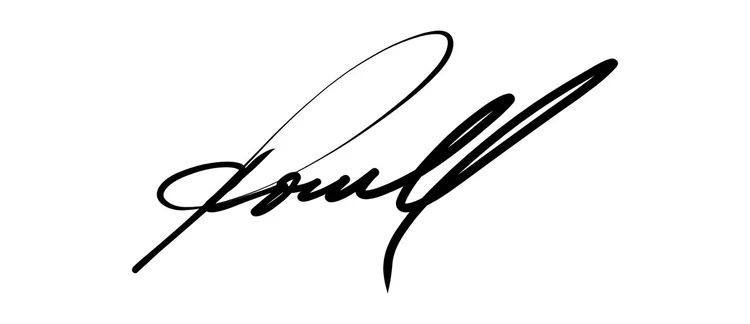For many creatives value is something we wrestle with throughout our entire career. How do you value your work? Or I hear the question of I just don’t know what to charge… More often than not I witness photographers undervaluing their creative product or service.
I think that we creatives do that for two reasons: Fear of being told no, “I don't think you or what you make is worth that.” The other is: We don't want to loose the business to a competitor.
Let’s unpack those two reasons why we undervalue our work, starting with the “fear of being told no”. Somewhere down the line we have come to believe that “no” is a bad thing. It has taken me years to realize that “no” is sometimes hard to hear, but may actually be a great thing. Hearing no can be discouraging if you let it influence you negatively, or it can influence you positively by helping you refine and focus on potential clients who may be more open to seeing the value of you and your craft.
Another plus to receiving a “no” is an affirmation that maybe it’s for the best that you and that client aren't meant to work together. When I am working with a client, I want them to want to work with me and if they were on the fence about it or uncomfortable with the rate, but go forward with working with me, that misalignment can infect the whole creative process for us, and then limit everyone from doing their best work.
The other reason we undervalue our work often is that sometimes we don't want to loose the business to a competitor. I am going to make this really simple for everyone: competition is supposed to make us better, not mediocre. The race to the bottom is fast. If you're truly creating something remarkable then getting into a bidding war with a competitor is honestly not worth it. You'll end up selling yourself short while risk damaging the reputation of your brand. When presented with this situation of possibly undervaluing your work, “just to get the gig”, ask yourself, “is this the kind of customer I want”, and “are they going to allow me to deliver my best work, or am I going to have to lose profit or cut corners.”
I would encourage you to sit with these two questions for a while and think about the last time you feel like you undervalued your work and what that made you feel like. It probably made you feel pretty lame, am I right? Write down some ways that you can prohibit yourself from doing that in the future. Set some rules for yourself and from a business standpoint, know your bottom line, know your costs, know what it will take to do it the right way and provide your best work and you’ll know whether to negotiate further or to let it go.
Last note on value. There is only one person designing, writing, delivering a performance, or lighting people for a photograph exactly the way you do - that’s you. It’s you that is what gives your work value.

